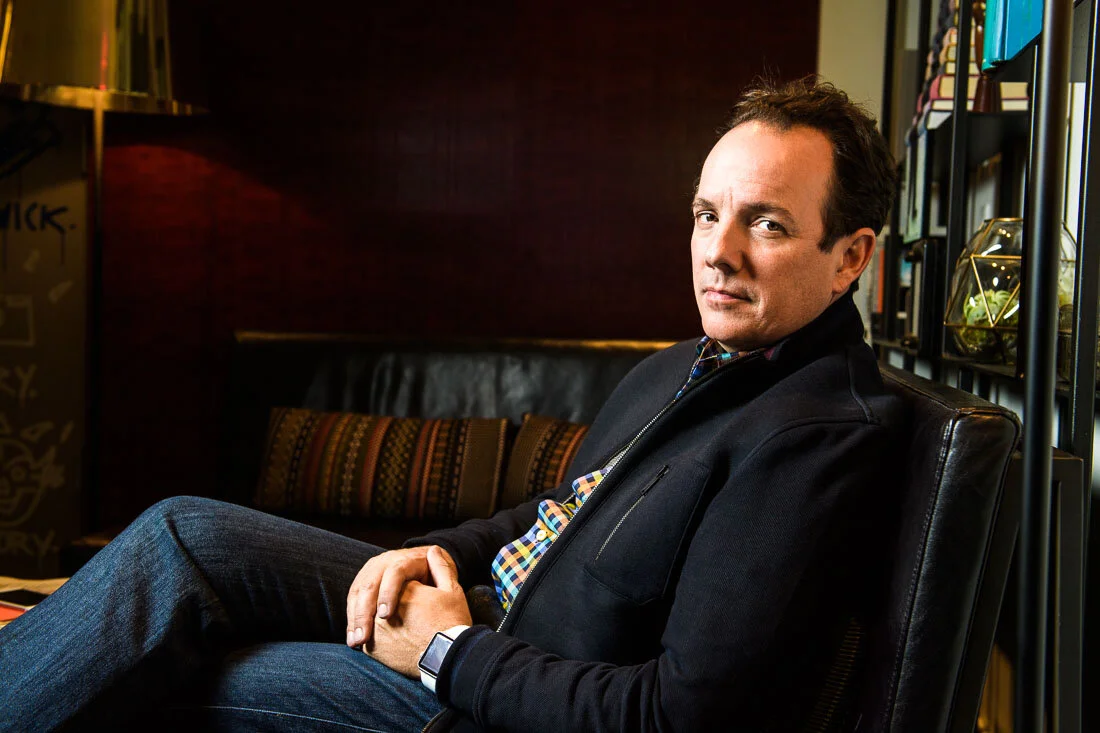John Andrews, CEO of Photofy, a community content creation platform, and Emily talk about all things Marketing Post-COVID in this week's episode. This episode has it all: social media advertising, the future of retail, and amazon to eCommerce. See what these two think the future holds for marketing and which tactics have been most successful in the last several months.
053 - Brian Roemmele - The Key to Successful Branding - Voice and Beyond - Pt. 2
Listen to Part 1 - podcast with Brian Roemmele about Alexa hardware and more
Brands have defining points with their customers, as any human relationship does. What makes a brand successful longterm? How does voice play a role?
Subscribe free wherever:
Topics and Timestamps:
02:00 How do we build a relationship in which our customer is the hero? (A la Storybrand framework)
02:53 All products, companies, and brands are a relationship with their consumer.
03:20 Every purchase is an emotional purchase because it is defined by neurological reactions - neuropeptides bombard every cell of our body when you make a purchase
04:00 Every brand has an emotional connection to the people who use their products. Some covet it better than others. This means a narrative is being spun overtly or covertly all the time.
Apple has a powerful brand narrative on a cerebral (higher brain) level
05:45 It took millions of years for apes and chimps to speak and listen: we had to create a new O.S., the neocortex on top of the limbic system in order to communicate
07:15 Neuropeptide release of a transaction or purchase - pleasure in the body, your cells will remember this
08:15 Carl Jung - the twelve archetypes
Archetypes, introduced by Swiss psychiatrist Carl Jung, are models of people, behaviors, or personalities. Jung suggested that archetypes are inborn tendencies that influence behavior.
08:30 Voice has the opportunity unlike any other one (including film) to create a rich deep emotional lifelong connection with the customer. If you do this ethically and build the persona correctly for our brand that resonates with your cohort
09:00 The human agenda is connection
09:45 Brian consults with brands and tell them to understand where the transaction and neuropeptide release occurs
09:55 A voice comes from a person - it’s not a thing - it has a persona (a life, a gender, a background) - we are hardcoded to assign these traits to a voice
10:25 We instantly categorize anything we hear or see anthropomorphically because of flee or flight mechanism
11:05 Your brand has a voice: who is it? Fashion brand example from Brian’s work
11:30 It is impossible to make a persona that caters to everyone: there is no voice of everybody
12:05 You need to assign a Jungian or Myers Briggs archetype to your brand
12:30 Your customer is on their own hero’s journey, along with you (Apple and Patagonia and Tiffany and Starbucks do this or have done this well)
14:00 Why is Alexa female? This could be a smart move by Amazon: female voice = authority on a neurological level! - profoundly important. Google has an androgynous voice - a mistake? Brian would argue yes.
14:15 The voice of authority is and always will be a female. The first voice your hear is your mother. Long before eyesight you have the resolution of identifying your mother - this is a survival mechanism evolution has granted. That is why we are wired for communication and voice.
15:40 We can’t change our hardwiring in our brains - female voice is authoritative, especially one in tune with your mother’s voice (can prove this neurologically)
16:10 Anthropologically and culturally, the wise woman (hence the archetype) was always the leader of the tribe until western culture labeled them witches
17:30 The divine feminine and goddess culture came because women were the voice of authority, which we knew instinctually. Women became the voice of the tribe and holder of wisdom. “Don’t eat that, you will die.” Sounds like mom.
18:40 We are a victim and a success story of our reptilian brain
20:15 If a brand keeps us too reptilian we are probably not going to be longterm fans or customers; jealousy or FOMO pulls at the lizard brain but that is short term thinking. Apple is successful because they get cerebral (higher brain, invoking ideas of fashion)
19:15 There is more to this than throwing out an app, you are building a tapestry to weave between the customer for life. We define our life by our brand relationships to some degree, e.g., “That’s when I owned that car, that’s when I got my first iPhone…”
Thomas the Tank Engine helps children make sense of the world
20:20 It’s not the brand we connect to, it’s the story and its role in our own narrative (e.g. Thomas the Tank Engine helped kids understand the confusion of the world with “The little engine that could.”
21:00 90% of what we do on our computers is trying to make sense of the world, e.g. social media as confirmation that what we did was right
21:15 Brand expression is to attract members of a desired tribe (e.g. why I use Apple)
22:20 When we build voice brands (brands around voice, which are coming) - ask: what does your brand sound like? Who is it? Where did they grow up? This is more than a Hollywood storyboard - and this is why you need experts to help with branding.
CONNECT WITH BRIAN ROEMMELE:
048 - Dave Isbitski - Power of Alexa for Marketing - Pt. 1 of 2
Guest: Dave Isbitski, Chief Evangelist, Amazon Alexa: Introducing the world to the power of Voice
Dave Isbitksi, Chief Evangelist, Alexa - Amazon
Dave has helped launch numerous products for over two decades while at both Microsoft and Amazon. He’s made a career out of helping people be successful with technology and have keynoted major conferences around the world.
Dave and Emily talked about why voice is a departure from previous technology (leaving Tap, Type, & Swipe - entering Voice First) and how you can harness Alexa to learn more about your customers. Plus: how you can use voice as the ultimate frictionless up-sell.
Plus, hear Dave’s answer to a top question among marketers:
Discoverability challenges: how do you get your Alexa skill found?
Friendly reminder: please mute your Alexa device before listening. :)
Show notes:
2:05 Dave has worked in web and mobile for decades: what is different about voice?
3:40 “Voice cuts across all industries. From finance to CPG…” You’ll see people talking about voice in finance, then doctors and healthcare professionals about what does voice mean for patient care? And you’ll see others ask what does it mean for shopping and pay? Brand ask what it means for them and customer?
3:32 “Every technology I’ve ever talked about has always had training, we had to teach customers how to do this first before they can tell us what they want.” - Dave
4:00 There is no learning curve with voice: it’s natural for everyone to speak
5:54 Inclusivity:
It’s not about how well you can code, it’s about how well you can converse
(Dave mentioned this in his keynote at VOICE Summit 2019)
7:10 The marketer’s bottleneck with IT - this is less a problem with voice (Emily)
7:50 Ruder Finn / PR Week event where Dave made a point about organizational education about voice - how it’s not really new but is easier:
8:30 “There must be a doc somewhere in your organization that can help you with voice” - a group is still responsible for teaching new tech (like with cloud) but getting people up to speed now is much easier
9:40 Alexa can learn easily - these are just restful web services passing JSON across SSL request - which we are already doing on mobile. It calls the same API. The magic is that Alexa is taking normal human language and figuring out which function to call, vs you hitting a button or tapping a screen to trigger that call.
10:25 Alexa stands on the shoulders of all the tech waves that came before
11:00 Let's have a discussion about your customer who engages not in a silo but on phones, tablets, social, and other on-ramps
11:10 Alexa Skills Kit enables you to teach Alexa how to have a conversation about things. “Set up parameters of a conversation our customers have with us.”
11:45 Alexa Voice Service is why you see Alexa in cars, radio services, Windows desktop, and other mobile devices
Voice presents the easiest upsell opportunity ever
12:30 Upsell- with voice, this is the moment where your customer essentially already has their money out (movie theatre popcorn and Coke analogy). They’re already logged in. Brands can use their own POS like Domino’s does, or Amazon Pay - so it’s just very simple and natural in the moment to get an additional sale
13:00 The real difference with voice is being in the moment. We process sounds differently than other senses - it is in real time
14:00 Carl Jung reference - the subconscious collects 11 million but we can only process about 40 things in our conscious despite thousands of inputs coming into our brains at all times
16:00 Four years ago, Dave said "Get in early now to figure out what people are asking or saying"
16:42 Discoverability: how can marketers get their Alexa skills found?
17:00 When you first launched your brand's mobile app what did you do, just submit it to the App Store or Google Play? No! Let customers know it's there and why it's faster or better.
17:20 Banking app example - when it went mobile customers would choose that bank for its ease of use
17:50 MyFitnessPal Alexa skill - track calories by voice (Dave found out about it through another marketing message on the mobile app)
18:40 Remember that customers are multimodal - silo launches don’t work
19:00 If you already know the top three things your customers do on your mobile app (via analytics), those are your three functionalities to start with in voice
20:00 Reviews - flywheel of customer feedback on Alexa skills for usability studies
Tune in next week for Part 2 to hear Dave and Emily discuss the “killer voice app”. Subscribe now so you don’t miss it!:
034 - Unilever’s Voice Marketing Play on Spotify - Branding without ROI is OK
Not every marketing activity needs directly measurable ROI. Most branding tactics have never had clear ROI. But they're still important - foundational even.
We’ve become obsessed with measurement. But measurement can become unproductive, especially when it’s imperfect, like so much in digital today. Think about the 100+ year history of advertising from one of the world’s most recognizable brands: Coca-Cola, with slogans and ads dating back to 1886. Little to no tracking for most of its time.
Many Fortune 100 companies spend millions on television advertising. It’s not measurable. It’s a dying medium. Nielsen ratings are and always have been a joke. Companies still buy media. They don’t have one-to-one tracking on conversions (impressions of network TV ads translating to sales). Billboards are the same. These methods of advertising are still effective, and majorly lucrative for media companies. I’m not saying buy more TV. But don’t get so obsessed with tracking that you miss out on an opportunity for branding - especially on a cool new medium that isn’t crowded.
It’s 2019 and we still do terrestrial radio ads. There is no reliable data on the results. I mention all this because if we look at a voice ad like the Unilever one on Spotify, I don’t want anyone to bemoan the fact that it won’t translate to trackable sales. It isn’t meant to.
Not every voice effort will be perfectly trackable early on. Your digital marketing result today are polluted by major bot traffic as it is. However, technology seems to get challenged on tracking because it’s assumed that digital should be perfectly trackable. It just isn’t, for so many reasons.
Early voice-enabled ads like Unilever’s AXE ad on Spotify hint at the wide open space for a new, frictionless way to access sponsored content or helpful information from a brand. Great targeting, context, timing, and intent are key to making the experience worthwhile instead of a nuisance. This is a good start from Unilever. Even if all that happens is a listener plays the AXE playlist. If anything, it’s an experiment worth running regardless of measurability of resulting sales. So much advertising is already difficult to measure. At least this is progressive.
Spotify’s feature, which debuts today, will only work if the person listening has their microphone enabled, the company says. A listener saying “Play now” when prompted by a specific AXE audio commercial from Unilever will cause the streaming service to play a curated playlist from the brand (which come with commercials). Afterward, the mic is turned off, Spotify says. -AdAge, 5/2/2019, "Spotify debuts voice-enabled audio ads with Unilever"
Pandora and NPR have experimented with voice-enabled ads before.
Stats and citations:
The Association of National Advertisers reports that only a quarter of all digital ad spend reaches real people. (entrepreneur.com, July 2018)
According to another study done by Imperva Incapsula, bot-driven ad fraud costs businesses $7 billion dollars annually. (entrepreneur.com, July 2018)
I mentioned that “65%” of traffic is from bots. Now I can’t find the source where I read this stat. However, Incapsula reports 61%. Other sources say anywhere from 20-50% or more.
The point: this is a huge margin for error in interpreting the success of a digital marketing campaign judged by clicks or traffic. Perfect measurement is but a dream today.










